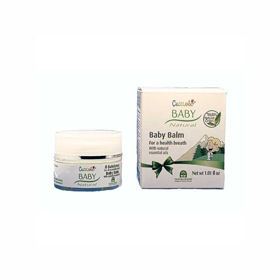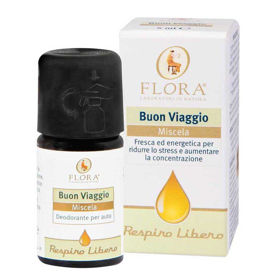Customer question:
Can pulmonary embolism be cured? Anonymous customer's question
Pharmacist's answer:
Pulmonary embolism is a serious medical condition that requires immediate treatment. Once a pulmonary embolism is diagnosed, treatment focuses on preventing further clots and reducing the risk of complications. Treatment usually involves using anticoagulants (medicines to thin the blood) and fibrinolytics (that dissolve blood clots).
Suppose a pulmonary embolism is severe and life-threatening. In that case, doctors may use other treatments, such as drugs to dilate pulmonary vessels, mechanical ventilation, or even surgery, such as embolectomy (removal of the clot).
In most cases, pulmonary embolism can be cured with timely and appropriate treatment, but it is also crucial to monitor and control the condition after treatment to prevent recurrences and long-term complications. It is also important to follow the doctor's instructions on lifestyle changes and preventing risk factors for the formation of new blood clots.
How is pulmonary embolism treated?
Anticoagulant treatment is the primary treatment for pulmonary embolism. Heparin and oral anticoagulants (e.g., warfarin, rivaroxaban, dabigatran) are used to prevent new blood clots from forming and reduce the risk of further clotting. In severe cases, when pulmonary embolism is life-threatening, and there is a large clot, fibrinolytics may help dissolve the clot and restore normal blood flow.
Sometimes and less commonly, an embolectomy may also be performed, in which the clot is physically removed from the pulmonary arteries. In addition, other procedures and medications may be used to relieve symptoms, improve respiratory function, and stabilize blood pressure. After acute treatment, monitoring the patient, preventing possible complications, and assessing the risk of pulmonary embolism recurrence is essential.
Interesting reading: Bacterial pneumonia
Interesting reading: How long is pneumonia treated?













